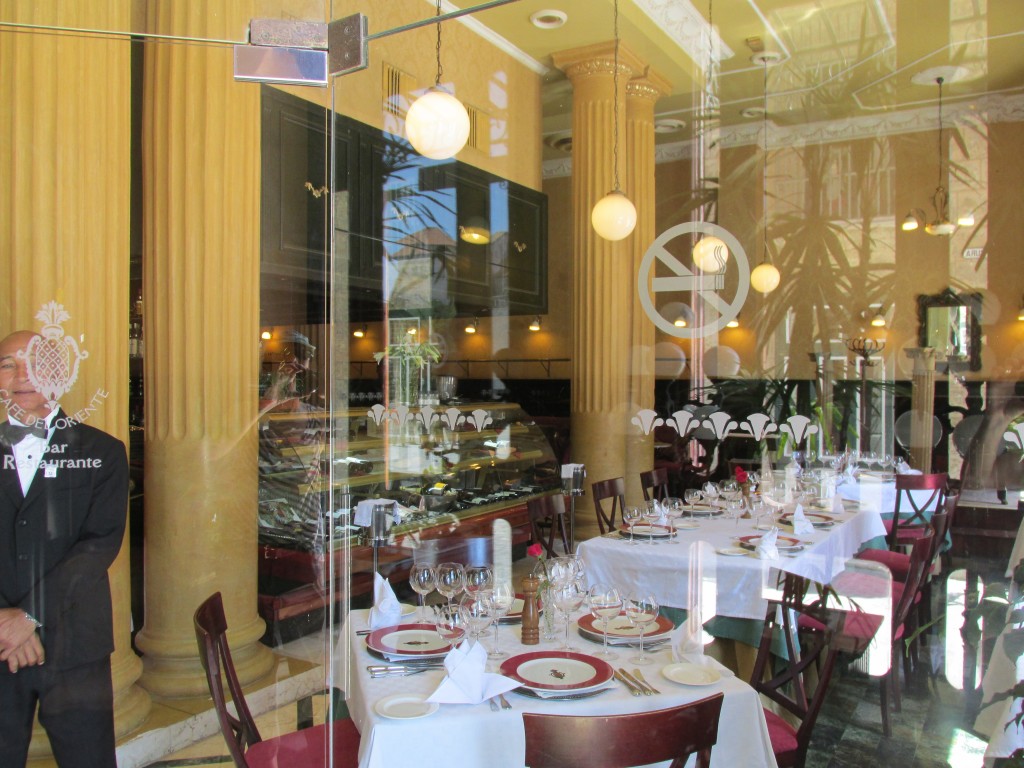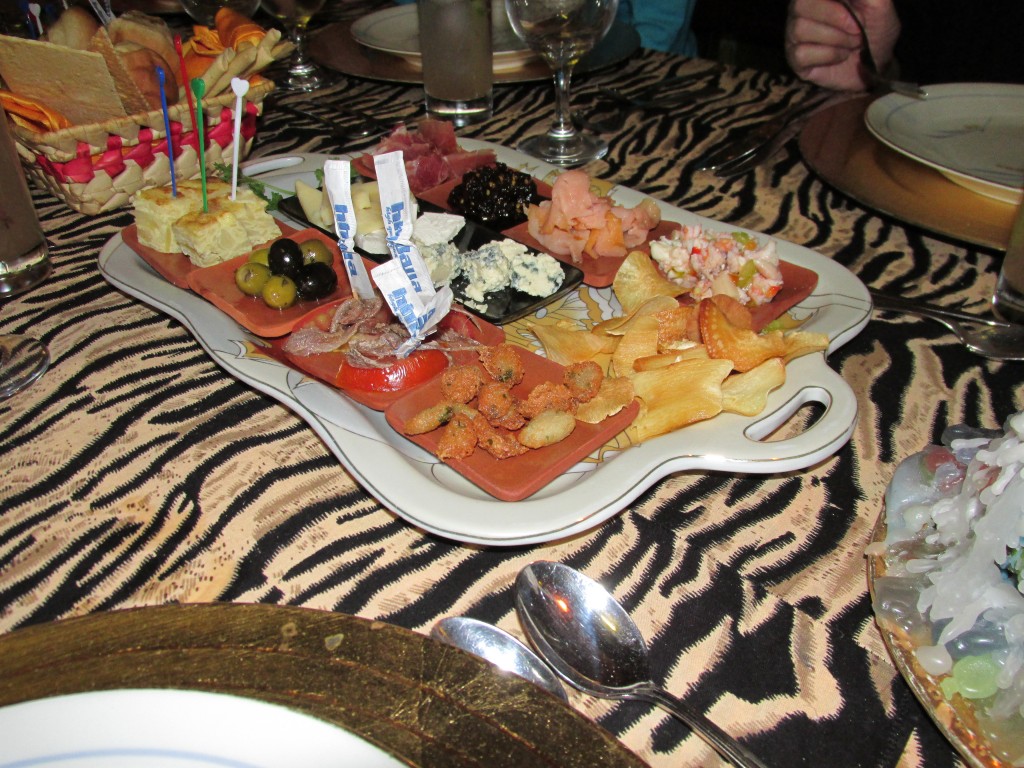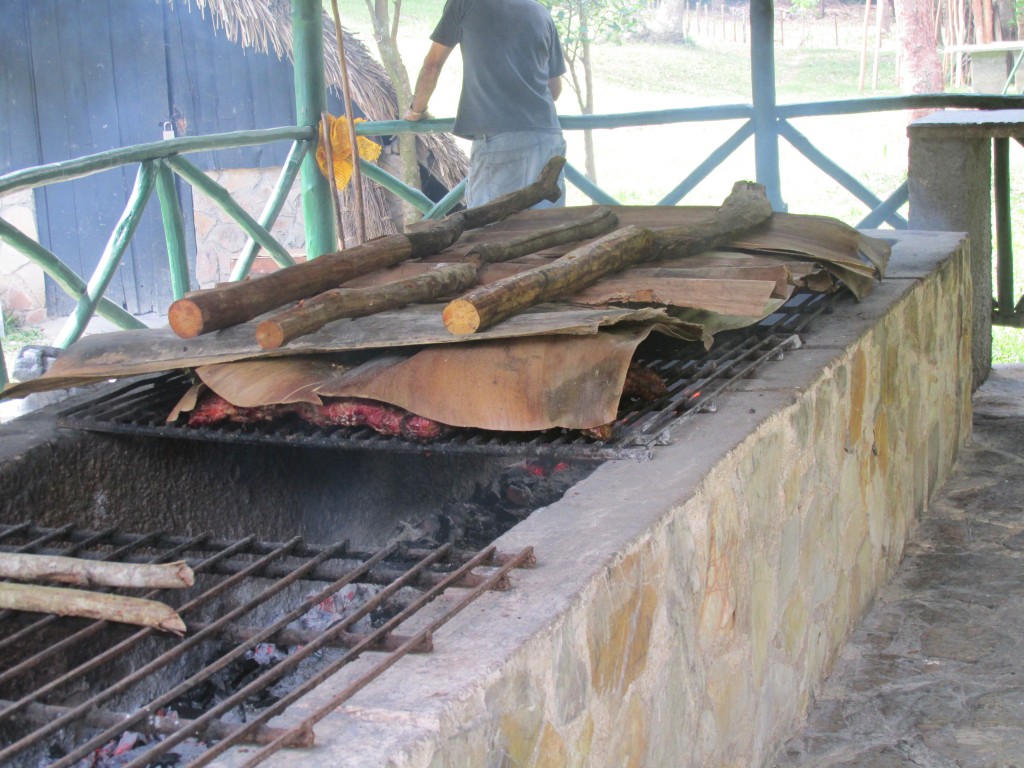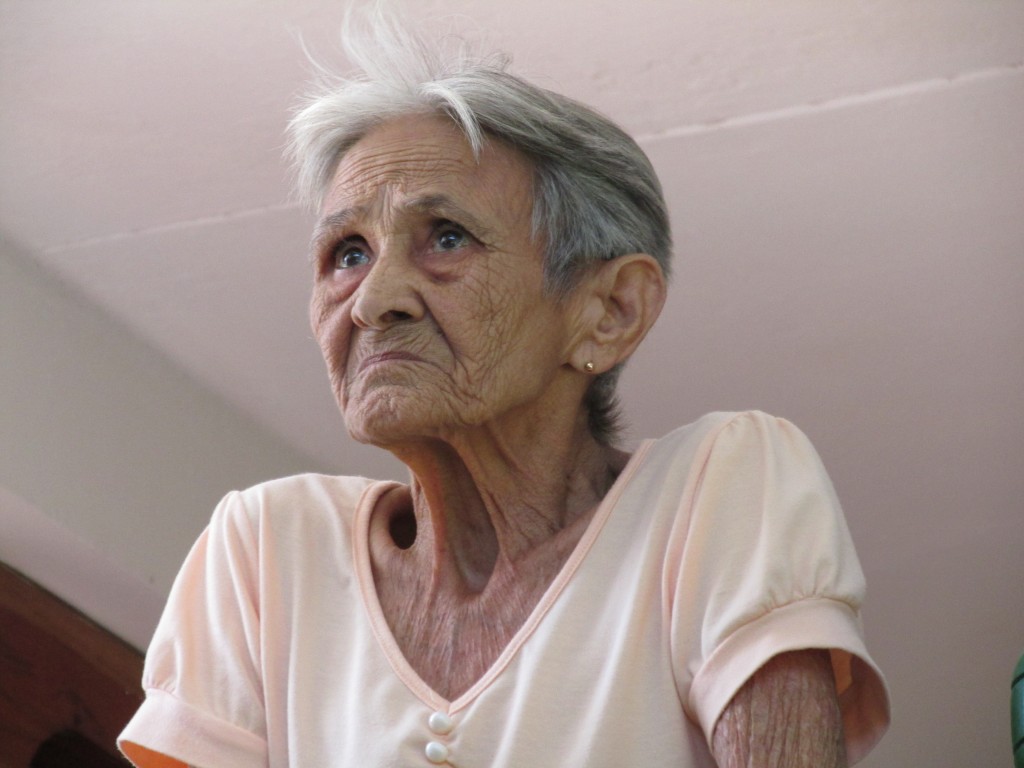Consider this less a judgment and more a generalization: When non-Cuban people we knew, who had been to Cuba, heard we were going to the island one hour south of the Florida Keys, they all remarked in more or less the same way, “You don’t go to Cuba for the food.” Now that we’ve returned from an amazing stay in Havana (La Habana), I would agree, but that doesn’t mean you can’t have wonderful dining experiences in the city and beyond.
On our way into Old Havana (La Habana Vieja) from the airport, we stopped for lunch in one of the state-run restaurants that physically display old world charm. The ambiance is inviting – a pianist playing a baby grand piano in one corner at the Café Del Oriente.
The menu is more than reasonable with appetizers and entrees comprising American staples and local vegetables, fish and meat.
Unfortunately appearances are deceiving at these establishments where the food is oftentimes flavorless and fish and meat drown in uninteresting sauces.
Given the ability for local residents to open their homes as privately-owned restaurants over the past decade, there are many welcome options thanks to paladares as they’re called. While the menu selection isn’t vast based on pork, chicken fish, beef, rice, beans, plantains and root vegetables prepared with plenty of garlic, onions and several spices, the paladares provide flavorful dishes. At the larger establishments, our group began with colorful trays of appetizers at San Cristobal, a downtown mansion with rambling rooms filled with eclectic paraphernalia.
In a residential neighborhood outside of downtown Havana, La Cocina de Lilliam is an unexpected oasis of family cooking surrounded by peaceful streams meandering through the property. A pianist entertains while we gorge on unending homemade plantain chips and malanga fritters.
Wine is always available if you don’t care for any of the rum-based drinks.
A day trip outside of Havana in Pinar del Rio province to the popular tourist destination Las Terrazas Community Project includes a Creole lunch made on a wood stove at the Casa del Campesino (House of the Peasant) overlooking an inviting lush wooded sustainable rural community.
Whether you stay for that meal or not, it is a must to visit Café De Maria for a hot or cold coffee drink.
Maria, said to be in her 90’s waves hello from an upstairs open window while we sip on yummy coffee drinks like no other.















